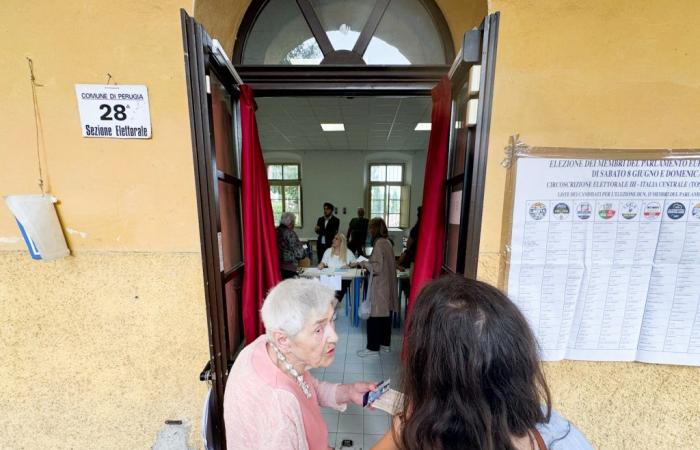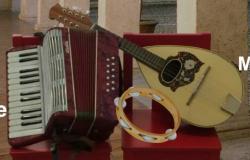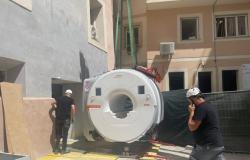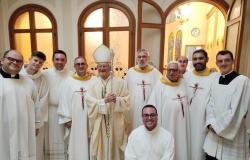by Maurizio Troccoli
From Monday the Municipality of Perugia will have its first female mayor. In this round of balloting in Umbria, voting is held in the municipalities of Perugia, Orvieto, Gubbio, Foligno and Bastia Umbra which have more than 15 thousand inhabitants. Here, in the first round none of the candidates exceeded 50% plus one of the votes.
There are 235 thousand Umbrians voting, respectively 130,171 in Perugia, 44,687 in Foligno, 27,255 in Gubbio, 17,068 in Bastia Umbra and 15,914 in Orvieto.
Voting takes place from 7am to 11pm on Sunday and from 7am to 3pm on Monday, to then open the counting immediately afterwards, i.e. the time needed for the polling station to prepare the venue for the counting, which will be much quicker than the first round, being, the ballots, prepared only for voting on the candidate for mayor.
Those who vote find on the ballot only the names of the two mayoral candidates and under each of these, the symbols of the lists that support them. Just put an X on the name of the mayoral candidate you want to support or even on the symbol of the party that supports him. The vote is valid even if it has two Xs, one on the name and the other on the party symbol, as long as it is attributed to the party that supports that mayoral candidate. Be careful not to mark with a pencil the mayoral candidate and at the same time the symbol of a party that supports his opponent, the so-called disjoint vote, since it is cancelled.
As fully explained in the podcast Focus by Daniele Bovi, on the dynamics of the ballot, which we invite you to listen to on Umbria24, the ballot is characterized by the strength of the two mayoral candidates, the driving force of all the councilor candidates who in the first round committed primarily to individual success. Their commitment is often reduced to those who have the margin to enter the city council, aiming for the majority prize of the respective list. Usually, the turnout in the run-off is always reduced compared to the first round, also because it is physiologically not easy to vote twice in a row. However, the results are always unpredictable as they are subjected to elusive dynamics. For example, candidates who were disappointed in the first round for various reasons could simply withdraw from the second round or even play against their mayoral candidate from the first round. This applies to those whose lists are still in the field, but also to those who supported exited lists. from the run-off competition. History, as well as that of Perugia, teaches how the results of the first round can be confirmed in the run-off with similar or different margins, or even overturned with similar or different margins.
In the first round, in Perugia, Ferdinandi won 40,925 votes, while Margherita Scoccia 40,323. In Foligno Zuccarini won 12,463 votes, while Masciotti 12,105. In Gubbio Fiorucci won 4,581 votes, while Girlanda 3,899 (both centre-right, thus breaking a long left-wing tradition in the government of the city). In Bastia Pecci 4,618 while Lungarotti 4172. In Orvieto Tardani 4,940 while Biagioli 3,211.
As regards turnout, in 2014, with the Boccali versus Romizi clash, 49.34 percent of the electorate went to vote in the run-off and voting took place on a single day, namely 8 June, unlike this run-off which provides two days of voting, with the possibility of Monday which could also favor the vote of those who have planned a weekend out of town. In the first round, however, 69.77% went to vote, a difference in participation equal to 20 percentage points.






